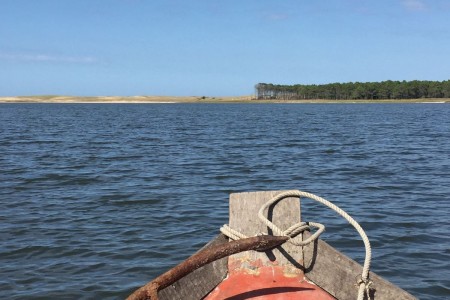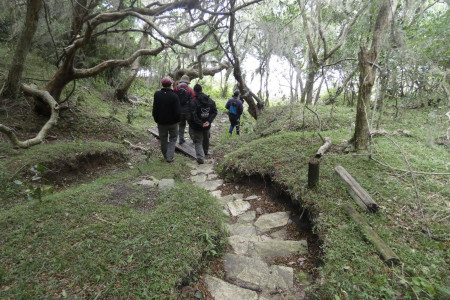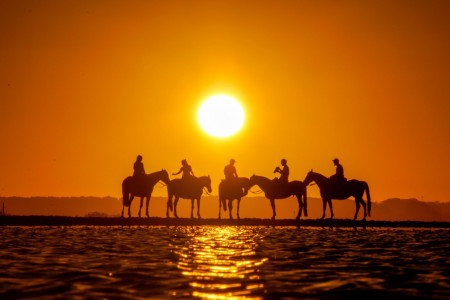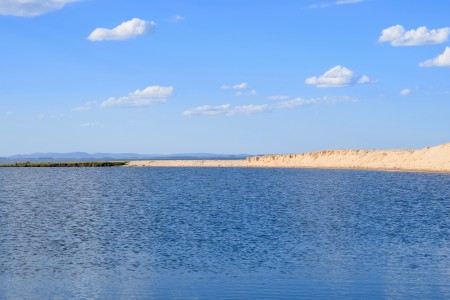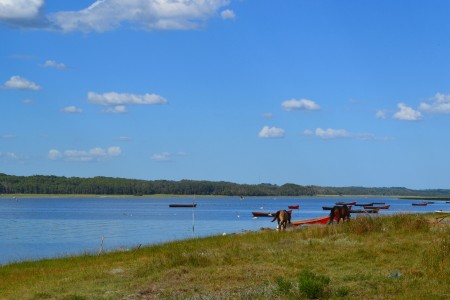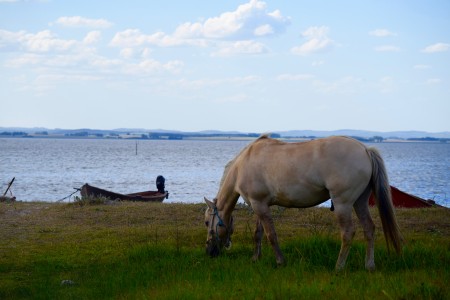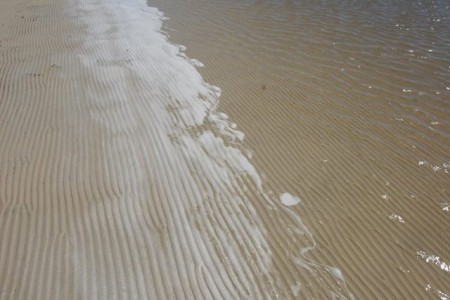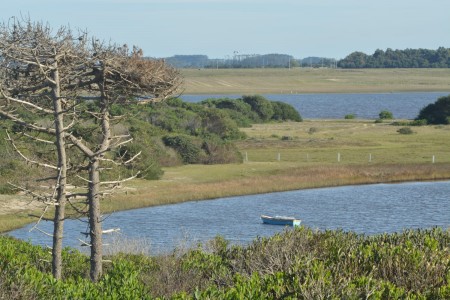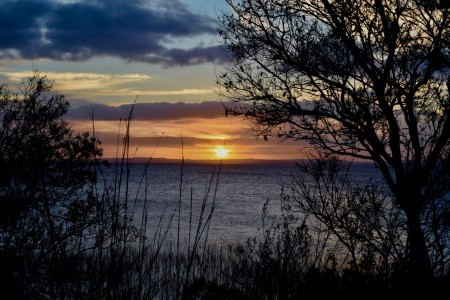The Laguna de Rocha is part of the National System of Protected Areas (SNAP) of Uruguay, as a "protected landscape", formed by approximately 22,000 hectares, which includes the 7,200 hectares of body of water, hills, plains, the coastal strip and part of the ocean platform. It was also declared in 1977, Lagoons National Park and a biosphere reserve for UNESCO. Since 2015, it has been included in the list of wetlands with international relevance prepared by the Ramsar Convention.

The lagoon communicates periodically with the Atlantic Ocean through a natural system of opening and closing sandy bars. When this happens, due to the accumulation of water in the lagoon and the action of the sea, very much sought-after varieties of crustaceans (shrimp) and fish enter their water mirror.
Refuge for more than 220 species of birds
Rocha is an incomparable place for bird watching, the Laguna de Rocha particularly serves as a home and shelter for threatened birds, where they harbor more than 220 species. Feeding, nesting and resting place for birds, both residents and migrants. It is one of the few places in Uruguay where flamenco lives and its population of black-necked swans is one of the largest in the world.

It is also frequented by skimmers, seagulls, terns, plovers of various species, swallows, ducks, raptors, threatened species such as white goose. Birds coming from as far away as Alaska and Malvinas Islands are found in its basin throughout the year.

Flora and fauna of the lagoon
Its fauna does not end there, surrounded by streams and marshes, being its two large tributaries the arroyo Rocha (Rocha stream) and arroyo Las Conchas (Las Conchas stream) there are otters, turtles, capybaras, long tailed otters, foxes, wildcats and raccoons. In the fields that surround it, the rhea and the mulita abound. It is also home to the Darwin toad, a globally threatened species.

The flora of the place is determined by the coexistence of the sea environment and that of the lagoon. In the area closest to the beach pioneering species are developed, such as panic grass, pennywort and yellow daisy. Between the dunes the bulrush grows and in the east coast there is a saline marsh also called cangrejal (crab bed).In the highest area a psamophile forest or native coastal bush is developed.
Shrimp fishing
For 70 years there has been a community of artisanal fishermen in the area of the bar, which lives from the exploitation of the aquatic resources of the place: crustaceans such as shrimp and blue crab or siri, and fish such as sole, black and white croaker and pejerrey.

By the end of the summer, the shrimp that grew buried at the bottom of the lagoon is ready to begin their journey towards the sea. That is the moment when the shrimp fishing season begins.

In the fields surrounding the lagoon there are agricultural holdings which develop a traditional pastoral livestock, constituting this productive activity one of the determining elements for the good state of conservation of the whole area. The area also has an outstanding potential for nature tourism
How to get to Laguna de Rocha?
At the intersection of Routes 10 and 15, at kilometer 8, taking east on a dirt road, is Laguna de Rocha. From there another path allows you to approach its bar, where it is possible to observe the thin strip of sand that separates it from the ocean.

You can also visit the Laguna de Rocha entering the Riviera, at kilometer 204 on Route 9, traveling 6 kilometers to the south, in the direction of Puerto de los Botes.
Recommendations
- It is forbidden to hunt, drive in all-terrainvehicles and perform engine-driven water sports
- Bring a camera and binoculars.
- Wear comfortable and safe footwear to walk through wet and grassy areas.
- Extreme care when walking, the nests of some birds are practically invisible.
- There are no lifeguard services on the beach of the lagoon.
